David Soyka Reviews Prince of Thorns
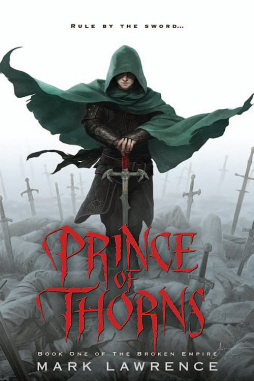 Prince of Thorns (Book One of The Broken Empire)
Prince of Thorns (Book One of The Broken Empire)
Mark Lawrence
Ace (324 pp, $29.95, Hardcover August 2011)
Reviewed by David Soyka
This is pretty brutal. Relentlessly brutal, right from the opening paragraphs:
Ravens! Always the ravens. They settled in the gables of the church even before the injured became the dead. Even before Rike had finished taking fingers from hands, and rings from fingers. I leaned back against the gallows post and nodded to the birds, a dozen of them in a black line, wise-eyed and watching.
The town-square ran red. Blood in the gutters, bloom on the flagstones, blood in the fountain. The corpses posed as corpses do. Some comical, reaching for the sky with missing fingers, some peaceful, coiled about their wounds. Flies rose above the wounded as they struggled. This way and that, some blind, some sly, all betrayed by their buzzing entourage.
“Water! Water!” It’s always water with the dying. Strange, it’s killing that gives me thirst.
And this the ostensible hero talking in Prince of Thorns, the first in a (you guessed it) projected trilogy collectively called The Broken Empire. So, we’re clearly in anti-hero land, in the “shit and blood” sub genre of sword and sorcery that aims to rub your face in what rusty blades, poor sanitation and disease actually do to people living under medieval conditions, in stark contrast to high fantasy depictions of noble quests in which divinely provident good triumphs over corrupt and therefore ultimately doomed to fail evil.

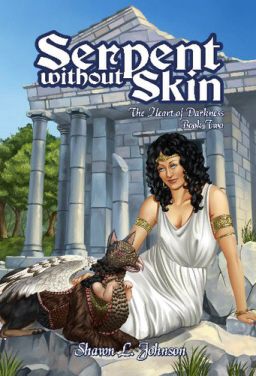 When I resolved to publish the two novels in my
When I resolved to publish the two novels in my 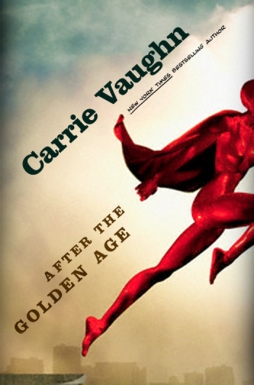 After the Golden Age
After the Golden Age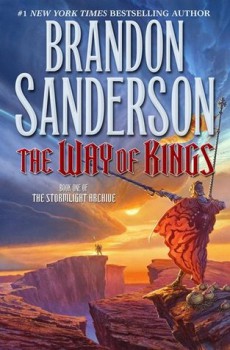 The Way of Kings
The Way of Kings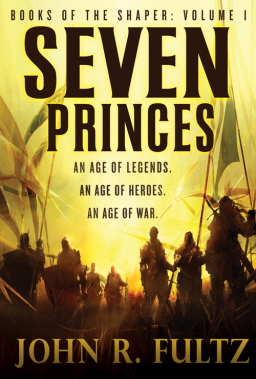 The accolades continue to come in for John Fultz’s debut novel Seven Princes, the first installment in the Books of the Shaper. Here’s Paul Goat Allen from Explorations, Barnes & Noble’s Science Fiction & Fantasy blog:
The accolades continue to come in for John Fultz’s debut novel Seven Princes, the first installment in the Books of the Shaper. Here’s Paul Goat Allen from Explorations, Barnes & Noble’s Science Fiction & Fantasy blog: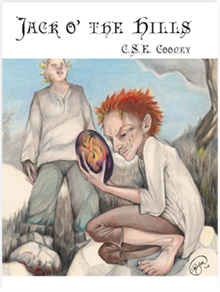
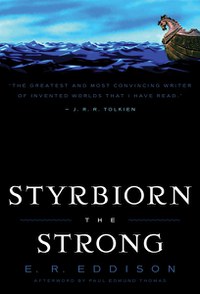 “There is but one way for a man, and that is to remember that none may avoid his fate. This is to a man as the due ballast to the ship, which maketh the vessel indeed loom somewhat deeper, but keepeth it from tossing too lightly upon the uncertain waters.”
“There is but one way for a man, and that is to remember that none may avoid his fate. This is to a man as the due ballast to the ship, which maketh the vessel indeed loom somewhat deeper, but keepeth it from tossing too lightly upon the uncertain waters.” Shades of Milk and Honey
Shades of Milk and Honey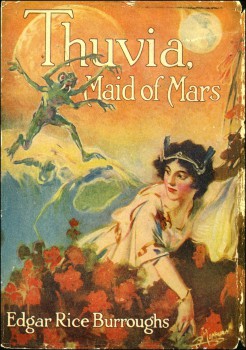 John Carter’s story appeared finished with
John Carter’s story appeared finished with